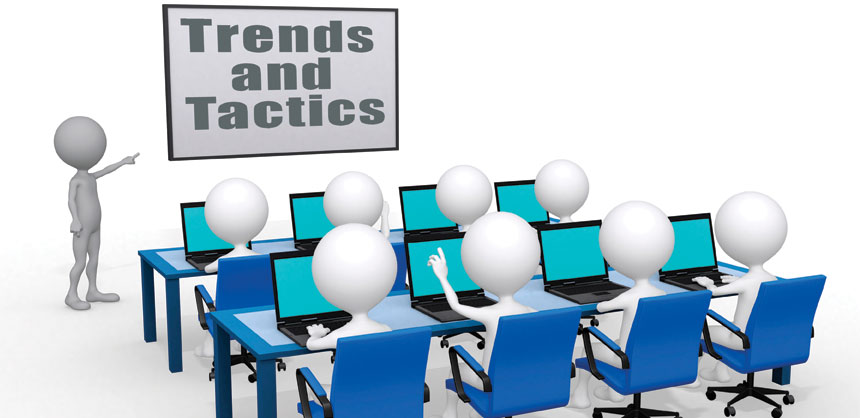Training Meetings: Trends and TacticsJuly 1, 2013
By Michael BassettTraining Meetings: Trends and Tactics

With the economy slowly, but surely, expanding, corporate executives seem to be putting more emphasis on sales and training meetings in 2013.
For example, one survey found that this year about a quarter of surveyed executives planned on increasing budgets for sales and training meetings, and that one-third expected their sales meetings to have an increasing number of attendees.
Site Selection
Conference centers and hotels continue to be prime venues for sales and training meetings.
NorthPointe Hotel & Conference Center in Lewis Center, OH, used to be a facility dedicated totally to Nationwide Mutual Insurance Company’s training programs. While it is owned by Nationwide and still serves as Nationwide’s primary training center, the campus is now open for other meeting and event business when not being utilized by Nationwide.
According to Kathryn Burton, general manager of the NorthPointe Hotel and Conference Center, the advantage of a place like NorthPointe is its isolation, which minimizes distractions and helps to facilitate learning. “It’s centrally located in Ohio, but it sits off the road to create a private retreat, so it feels like you are a million miles away,” she says.
Another advantage is that it is a facility dedicated to hosting meetings and events, particularly those related to training and sales meetings. Consequently, Burton says, NorthPointe is up to date technologically and provides planners with an environment in which attention is focused squarely on their, and their attendees’ needs.








